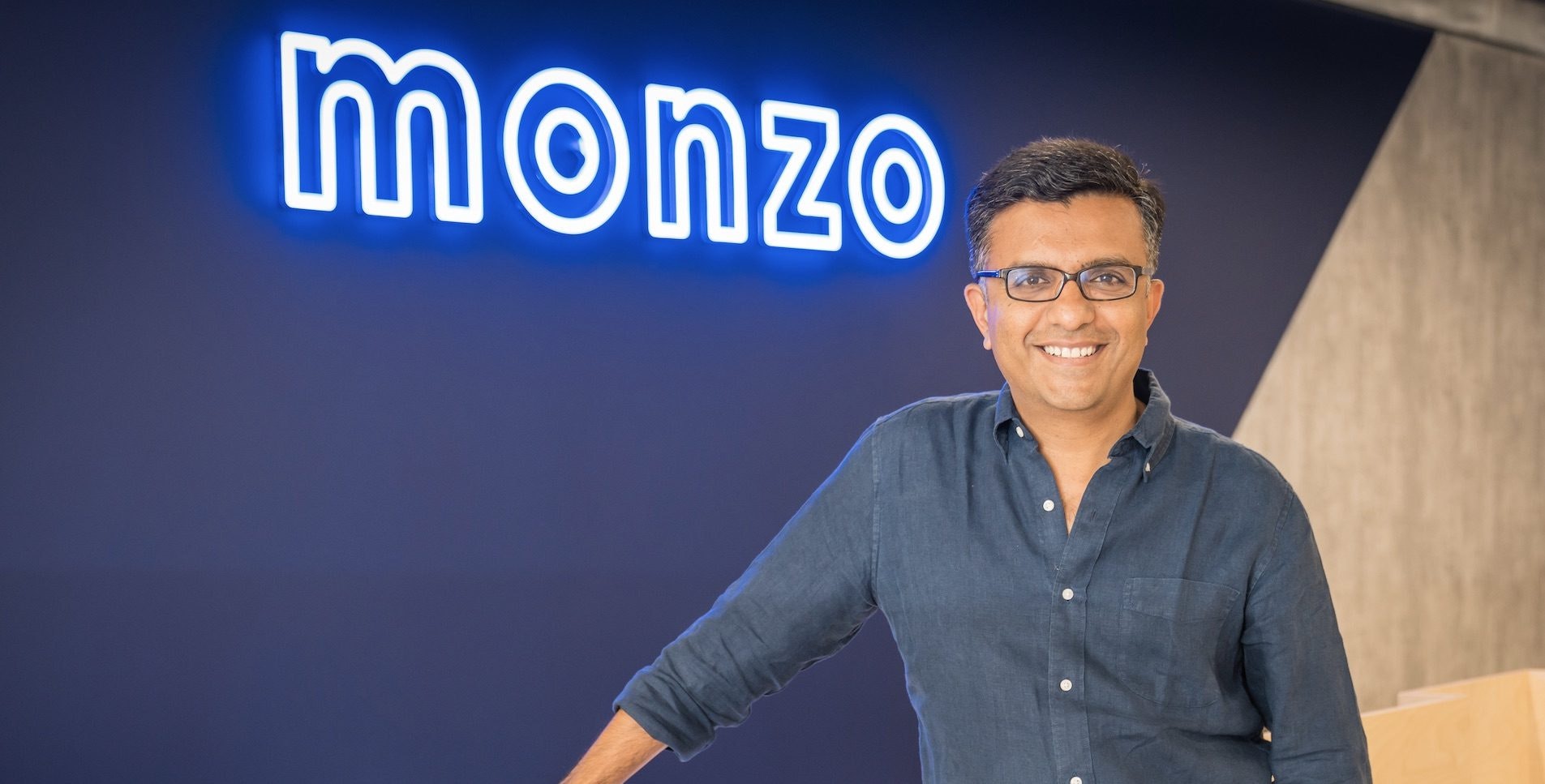Making it in the US is the ultimate dream for European fintechs. But for the founder of financial adviser Cleo AI, success came by accident rather than by design.
Barney Hussey-Yeo founded Cleo in London in 2016, but by 2022 the app wasn’t even available in the UK as the company doubled down on the US in the wake of the Covid pandemic.
“Some ambitious plans got ditched when the market pulled back after Covid. It meant we had to focus,” he tells Sifted. “We’d just raised some money and the US was flying. But we had to make some hard calls on resources.”
Cleo’s AI-assisted financial advice chatbot has raised $138m from investors including LocalGlobe, Balderton, EQT Ventures, Sofina and angels like Robin Klein and Taavet Hinrikus.
After expanding into the US in 2019, by the time of its $44m December 2020 Series B funding round, 96% of its 4m customers were based in America.
When it shut down its UK and Canada operations in early 2022, its US customer share had grown to 99%, with just 100k customers in the UK and around 30k in Canada.
At the time, Cleo had 50 employees supporting three markets. And while pre-Covid it had planned to expand into 40 countries and increase headcount to 500, Hussey-Yeo soon changed his mind — a lesson he would urge others to learn early.
“I think it’s kind of crazy that people create UK-centric consumer companies. It makes absolutely no sense, given how small the market is versus the US: to create a consumer company you’ve got to make it focused on a continent by default,” he tells Sifted.
“That was probably a bad call on my part, starting the company just in the UK, but I was only 25 at the time.”
Big in the USA
Cleo’s recently reached 7m customers in the US — almost equal to Monzo Bank’s entire UK customer base. It doubled its headcount in 2022 to just over 200, and in August 2023, it hit $72.3m in annual recurring revenue (income from subscriptions), which has grown 2.4x year on year.
Hussey-Yeo says Cleo’s contribution margins (its revenue with variable costs deducted) are over 70%, and the company was around 34k away from being in the black this month.
He says it is on track to be cash flow positive in early 2024, and he expects Cleo’s 2024 annual report to be the moment when it achieves this on an annual basis.
The subscription model has worked out well for Cleo, with two tiers priced at $5.99 and $14.99. The latter gives customers access to a secured card that builds their credit score on the back end (as opposed to a regular credit card, a secured card requires a cash security deposit to set up); direct debits; savings; and cash back and salary advance services. Some of these are regulated products, which has made geographical expansion more complicated than when the company just offered its AI chatbot.
But despite his success in the US, Hussey-Yeo says he can’t turn his back on Blighty.
“We can become a public company or a large multi-billion dollar company in the US alone, we don’t need the UK,” he says.
"But we’ve always said our mission is to help people improve their financial health, and in the UK that’s really needed. So I’ve sort of staked my claim there.”
Hussey-Yeo, who says he spends 30% of his time in the US, says he plans to relaunch Cleo in the UK towards the end of 2024.
“There’s a lot of headroom to grow in the US, but the team is sort of chomping at the bit to come back, as most of them are from the UK. It’s the kind of obvious thing to do and quite easy for us,” he says. “But it’s also a distraction."
The partner bank problem
One reason Cleo may have succeeded where others have failed is that it is not trying to be a bank.
European consumer fintechs like N26, Monzo and Revolut — all of which have tried and struggled to conquer the US market — were banks and, as such, had to run the regulatory gamut.
“We’re just more of a lightweight software company versus a traditional bank, which is helpful,” he says.
“It is very different from getting regulated, applying for a banking licence or having to arrange a local banking partner.”
Cleo has partnered with local banks Thread Bank and WebBank for its newer licenced products, which enables it to offer these across states.
Hussey-Yeo admits this is “eating into margins” and the company plans to apply for a direct licence at some point — but it’s still monetising well enough through subscriptions, without the costs of being a fully-fledged bank.
This is where others have struggled.
Monzo recently told Sifted that it’s hired a new US CEO for its second attempt at cracking the US market, after its previous attempt in 2021 — when it failed to obtain a US banking licence. It will instead partner with a local bank this time round.
But this means it will have to split its revenues with the partner bank, which threatens the entire B2C banking business model: Monzo won’t be able to make money off credit because it can’t lend equity without its own licence, and it won’t be able to recycle deposits into loans.
Neobanks also have to give their partner bank a cut of their card transaction fee (known as interchange) revenue, which investors say can be up to 30% on each transaction. And although interchange fees are miles higher in the US (2% of a transaction on average, compared with 0.3% to 0.4% of a transaction in Europe), this makes a serious dent in a neobank’s ability to monetise, as N26 experienced in its failed attempt at the US in 2021.
“Where N26 went to shit was they only had a standard card in the US, and they never managed to roll out the membership tiers,” one former N26 employee tells Sifted.
“So there was no subscription, it was just making money off interchange, but it had way too small a user base that meant the cost to benefit ratio was awful and it ended up pulling out.”
Beyond monetisation, there are other logistics behind scaling a banking business that recent events have shown can’t be overlooked.
Although Revolut still hasn’t obtained a local licence, it’s been offering its app and debit card in the US since 2020 through its banking partner Metropolitan Commercial Bank. But it recently lost $20m to fraudsters in the US, owing to a flaw in its payment system that stemmed from differences between European and US payments systems, the FT revealed.
Different customer needs
Even if a UK neobank does manage to launch subscriptions successfully in the US, investors say it’ll be back to square one: the product-market fit problem.
“You can make good money on just subscriptions, but you need to be offering something of value to compel customers to pay you on a monthly basis,” says Khalil Hefaf, investor at Target Global.
Not many US banks have been able to make that case successfully to the American public, so it’s even less likely that a British one will.
Hussey-Yeo agrees that the US market is already spoiled for choice when it comes to banks, so in order to find success stateside, a fintech must focus on a very particular use case that isn’t already served by local companies. That and, Hussey-Yeo says, a healthy dose of luck.
“Most European companies have got this wrong. They hire some ex-consultant to be the US CEO and run some sort of international expansion playbook of their existing product, but they haven’t actually thought about their market differentiation, or why people actually sign up in that country,” he says.
“In fintech, generally there’s already a US competitor. There’s a lot of inertia with switching banks in the US. So if you’re a neobank, there’s already 100 different neobanks there, why would anyone sign up to you?”
Put simply, investors say that US banking customers are pretty well covered already.
“On the consumer side, you have really good incumbent banks like JP Morgan Chase and Bank of America, which have done a really good job of being digital-forward and also offering great products at great prices,” says Sophie Winwood, principal at Anthemis. “So there isn’t the same need as here.”
This makes the market fit problem just as challenging for local fintechs as Europeans. Several smaller US neobanks, such as LGBTQ-focused Daylight, have tried and failed to make a business out of targeting a specific community need.
Some fintech headway
Hussey-Yeo points to Cash App and Chime as two examples of companies that have built large successful US companies because they solved a specific use case problem that’s unique to the market: fixing the slow bank transfer problem in Cash App’s case, and incentivising direct salary deposits by offering pay cheques two days early in Chime’s case.
When it comes to the European fintech landscape, the only other fintech that investors point to having made some traction in the US is Klarna.
Eight years after its US launch, which contributed to its multiplying losses for years, Klarna recently outpaced both US buy now, pay later (BNPL) giants Affirm and Afterpay by its acceptance in the top 500 e-commerce merchants in the US, according to a Morgan Stanley note.
Past employees tell Sifted that it uses the US as a testing ground for its in-app features, and that its brand recognition and ‘shopping app’ features are what’s helping it set itself apart from other pure play fintech BNPL providers.
Finding the “hook”
Cleo’s US success has been half down to the nature of its product and half down to a need for financial advice.
Cleo’s product and adverts have always targeted 18-35 year-olds that want to be better with their money but don’t know how. Its AI chatbot may start a conversation by rinsing a customer for their spending habits, before moving on to advice — a tactic that apparently appeals to the US sense of humour even more so than in the UK, and means that 60% of its new customers now come through word of mouth.
At the same time, as in most Western societies, the US has very low financial literacy and people struggle with their financial health — which means the financial advice it offers as its first consumer touchpoint has gained traction.
“The problems are inherently the same as in the UK or Canada, but they’re just slightly more pernicious in the US,” Hussey-Yeo says.
Although the US is the world's richest economy, it exhibits stark wealth inequality — something that only got worse during the pandemic.
“It’s harder to be poor in America, due to the lack of social safety net. At the same time, taxation is more complicated and credit is much more a part of society and pushed more aggressively,” he says.
“So that’s what makes Cleo even more relevant. You need that hook to be successful,” he says. “And I guess we got lucky in that respect.”
Correction Dec 21, 2023: The article has been updated to clarify the card that Cleo provides to users is a secured card, and not a debit card.


